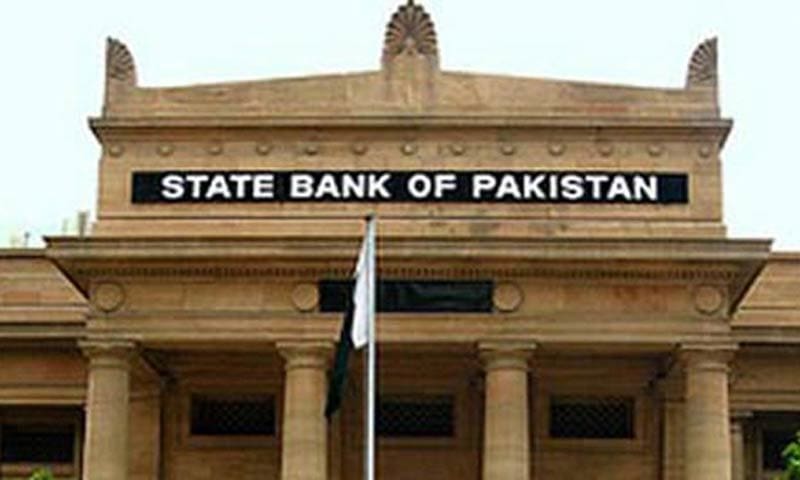KARACHI – State Bank of Pakistan (SBP) has issued its annual flagship publication Financial Stability Review (FSR) for the year 2024.
The FSR presents the performance and risk assessment of various segments of the financial sector including banks, microfinance banks (MFBs), development finance institutions (DFIs), non-bank financial institutions (NBFIs), insurance, financial markets and financial market infrastructures (FMIs).
It also assesses the financial soundness of non-financial corporate sector, which is a major private sector user of bank credit.
The Review highlights that macroeconomic conditions improved considerably during CY24, as reflected by receding inflationary pressures and consequent significant monetary easing, fiscal consolidation, stable rupee-dollar parity, pick-up in economic activity, and improved external account balance.
In this backdrop, financial sector—growing by a decent pace of 17.8 percent—maintained its operational and financial resilience during CY24.
Amid turnaround in macroeconomic environment, volatility in financial markets subsided. The banking sector exhibited steady performance and maintained its financial soundness. The balance sheet of the banks expanded by 15.8 percent in CY24.
The expansion in assets was driven by both investment as well advances. Private sector advances witnessed a strong rebound, due to revival in economic activity, easing in monetary policy, and advances-to-deposit ratio (ADR) linked tax policy for income from government securities.
This tax policy also dampened the deposit mobilization, which further increased the banks’ reliance on borrowings. While revival of economic activity is expected to improve the repayment capacity of the borrowers, the current level of credit risk of the banking sector also remained within a comfortable range as non-performing loans (NPLs) to gross loans ratio fell to 6.3 percent in December 2024 from 7.6 percent in December 2023.
The provisioning coverage further improved amid implementation of IFRS-9, with allowances and provisions held for loan losses exceeding the stock of outstanding NPLs, indicating a minimal net credit risk to solvency.
The earning volume remained steady, while key profitability indicators witnessed moderation over the year. The capital adequacy ratio, however, improved to 20.6 percent by end December 2024 and remained well above the minimum regulatory requirements. Within the banking sector, Islamic banking institutions witnessed a strong increase in asset base and a marked expansion in branch network. Along with contained credit risk, resilience of the Islamic banks remained steady in CY24. Nonetheless, microfinance banks (MFBs) continued to remain under stress.
The Review further highlights that non-bank financial sector presented a mixed performance. The balance sheet of DFIs contracted while that of NBFIs manifested a remarkable expansion. Moreover, insurance sector continued to perform steadily.



















